Tony Fouhse, Ottawa, Canada
Tony is a photographer based in Ottawa, Canada. His work has attracted international attention and been featured in publications such as The New York Times, The British Journal of Photography, American Photography 26, CV Photo, Time magazine and Vie des Arts. His photographs have been exhibited internationally, most recently at the Noorderlicht International Fotofestival in Groningen, The Netherlands (2019); Cortona On The Move photo festival, Italy and, as part of the Beyond Addiction/Reframing Recovery exhibition, in NYC and Rochester, N.Y. (2020).
Images from his personal projects have been acquired by institutional collections including The National Photo Collection of Belgium (on permanent display); the Art Collection of Global Affairs, Canada; the Ottawa Art Gallery Collection; the National Photo Collection, Canada and the Archives of Ontario. Three of his projects have been published as photobooks: Live Through This (2012, ed. 400, sold out), Official Ottawa (2015, ed. 2000, sold out) and After the Fact (2018, ed. 200, sold out).
His awards include a National Magazine Award and the Karsh Award for Photography. He has received arts grants from the Canada Council, the Ontario Arts Council and City of Ottawa.
Fouhse is an editorial and commercial photographer. He also spends a lot of time and emotion photographing personal projects. He has been nominated 3 times for the National Magazine Awards (and won once). His personal projects have attracted international attention and been published around the world. As well, images from his personal work have been aquired by institutional collections including The National Photo Collection of Belgium (on permanent display), the Art Collection of Global Affairs, Canada and the Ottawa Art Gallery Collection. In 2010 he was awarded The Karsh Award for Photography. Every day Fouhse finds himself in a different situation. Different circumstances. No matter, he always throws himself into the experience.
Photos come out of this process.
Convincing. Vigorous. Keen. Uncanny.
***
USER Statement:
“There’s a corner in Ottawa where anarchy reigns. The people who inhabit that corner aren’t terrorists. They don’t blow stuff up nor do they want to overthrow any system or government. Mostly they just want to be left alone to fight their pain. Their weapon of choice is crack cocaine; the battleground is their bodies and their spirit. Crack addicts.
In 2007 I began going to this corner over and over again, obsessed. Obsessed with documenting the feel and the face of this small society. I worked with a camera and the cooperation and acceptance of the addicts I was photographing. They know me, I know them. We have an understanding. The work I’m doing there feels like collaboration. Some have said I’m collaborating with the enemy. They say that the addicts on that corner should be swept away. Of course, where they’ll go, how they’ll be treated is left unsaid. Addiction has always been with us, always will be. Lip service and knee-jerks count for nothing.
I don’t go down to that corner to fight for or against the addicts, I’m not there to judge. I’m there as an observer, one who has a point of view and the means to express that point of view. The casual passerby will see ugliness and conflict and degradation on that corner. Those all exist there, as they do on other corners, in other places.
But there are other emotions and dynamics to be seen there, too. I see community and fellowship, I see street mothers looking after the young women. I see one kind of pain being replaced with another kind of pain, one that is somehow – we can’t even begin to imagine – more acceptable to the addict. I see creativity, friendship and humanity. I see humans”. – Tony Fouhse, 2012
***
https://archive.nytimes.com/lens.blogs.nytimes.com/2009/07/22/showcase-25/
https://www.pressreader.com/canada/ottawa-citizen/20100918/286813622128678
***

THE NEW YORK TIMES
Showcase: Crack, Close Up
 Tony Fouhse “Gary.”
Tony Fouhse “Gary.” Tony Fouhse “Michael.”
Tony Fouhse “Michael.”When Tony Fouhsefirst exhibited his stylized photographs of crack addicts made on a street corner in Ottawa, Canada, he was unsure what the reaction of the opening-night audience would be. But he knew that some of those in attendance would approve: the subjects themselves.
The corner drug hangout where all of the images were made is within a few feet of Galerie La Petite Mort, where the work was exhibited. Some of the crack users went to the opening. Others would sometimes drop by the gallery, where visitors could glance from the photographs to the corner where the people might be hanging out.
As part of his project, Mr. Fouhse shows his subjects a Polaroid when he takes their picture and gives them a print on his next visit to the corner. He also discusses the photographs with them. They may suggest the pose. And, he said, they approve the image before it’s exhibited. Mr. Fouhse said most of the people who hang out at the corner are supportive of his project.
“I’m not trying to be one of them or tell them what to do,” Mr. Fouhse said in a telephone interview from Ottawa. “I tell them: ‘I’m not trying to make you look good. I’m not trying to make you look bad. I’m just trying to take interesting pictures.’ That’s my only agenda.”
Mr. Fouhse is certainly not trying to sneak photographs of the crack addicts when they are unaware. He uses medium- and large-format cameras, lights and a generator.
Once, the generator was stolen by people whom Mr. Fouhse didn’t know. He figured he would have to kiss $1,000 goodbye. But he gave his phone number to Keith, one of the addicts, just in case. By the time Mr Fouhse returned home, there was a call from Keith saying, “We got your generator back.”
“They wouldn’t take any money,” Mr. Fouhse said. “They found the people and got it back. They could’ve sold it for $150, but they gave it back to me. That’s when I knew I was accepted.”
Mr. Fouhse, 55, was born in Ottawa. He started taking photographs at the age of 19 but didn’t make a living at it until he was 40. Before that, he worked as a pastry chef in restaurants and for the famous Dufflet Pastries. Eventually, he tired of waking up at 5 a.m. and separating 500 eggs every morning and decided to try his hand at commercial photography. His corporate and editorial work support him financially and allow him to work on personal projects.
The addict project started inadvertently when Mr. Fouhse almost died of kidney failure and had to cancel a photographic expedition to Morocco that was supposed to yield an exhibit at Galerie La Petite Mort. When he started to recover, he began looking for a place in Ottawa to indulge his passion for photographing at dusk. After dragging his Hasselblad, light and generator to a few locations, he arrived at the corner of Cumberland and Murray Streets.
In 2007, he took medium-format photos. The next summer, he took pictures of women on the corner, “User Women,” in a more direct style with a large-format camera. This summer, he is photographing on the corner again, now concentrating on the men.
When Kim, a disheveled woman with lice eggs in her matted hair, was shown the photograph Mr. Fouhse took, she was stunned. He recalls her saying: “I look horrible. Normally, I get sort of fixed up before I take a picture.”
He remembers responding: “Kim, you’re a crack addict. That’s what you looked like that day. But look at your eyes. They’re powerful. The picture is about what’s inside you.” After a long discussion, he said, Kim approved the picture (Slide 14).
Mr. Fouhse’s photographs put a twist in the ongoing argument about making art out of suffering and making commodities from pictures of misfortune. When his photographs are on view at La Petite Mort, you can see the art inside and the reality outside.
And you can judge for yourself.
Comments are no longer being accepted.
Tony Fouhse is a national treasure.
Canadian talent is only appreciated when it gets attention in the US.
Best of luck.
Wow.
If you glamorize crackheads they return the stuff they steal from you.
Is this how I can get my GPS back?
Living in the Ottawa area, I’ve read of Mr. Fouhse’s work, and have to say, he is brave to be doing work like this. Ottawa, in comparison to other large cities, doesn’t have an overwhelming amount of crack addicts, but this city of green, sparkle and bike paths does have them, sometimes hidden from the real world. A credit to Mr. Fouhse, he tells a story with a camera that needs to be told. As an amateur photographer, I can only appreciate balancing the lighting, technical and artistic needs of the photographer versus the needs of these people.
What I admire about these photographs is that Mr. Fouhse has given dignity to each of his subjects. In many of them we can imagine a potential that has been undercut by their addiction. Asking permission for a photograph then giving the subjects a polaroid and a print suggests that Mr. Fouhse sees the people in his photographs as human beings who are suffering.
I find it absolutely astounding that unnecessary suffering such as drug addicts’ is what’s being glorified and displayed by such “art.” Where is artistry to be found in gazing at humans who have renounced humanity, abdicated from responsibility, and what kind of suffering – other than that of a human lack of compassion and accountability in the name of fine, objective artistry – is there? “Being accepted “by those poor, wretched beings is grossly insufficient and disturbingly tokenistic in countering possible implications to appropriation of misery we walk by and “objectively” disengage from.
Mr. Fouhse would have done better work by taking his photographs to the Parliament (if we are talking about Ottawa, Canada) and demand action, medical programs, social programs and whatever that can be hoped for in a broken medical system such as Canada’s for his subjects. Art for art’s sake is outdated, and lonely activism, futile; he’d do better to take his art a little further and shake up the conservative dogs up on the Hill.
[We are, indeed, talking about Canada. — Lens]
What a Tragedy!
These photographs, while poignant, remind me of how cruel life is…We make art out of suffering … The sufferers are depicted in a romantic light not unlike TB sufferers used to be treated back in the early 20th century when there was not cure for the disease….Perhaps these cocaine users should be treated for addiction first before being romanticized as subjects for a photographer.
Wonderful portraits. These portraits break down the stereotype of crack addiction being a black problem.
This is fascinating – I have lived in Ottawa since I was a teenager. So much of this city is shown as a glossy handout for visitors; this is a part that many do not (or choose not to) see. I didn’t realize that ‘Ottawa’ actually meant Ottawa, Canada until I saw ‘Jennifer’, picture number 15 – I have seen her on occasion and I remember her lovely hair.
One of the reasons that you don’t see many black people in these photos is that there simply aren’t many black people in Ottawa.
[We’ve now clarified the post to make the location clear. — Lens]
These photos are less about crack addicts than they are of people who simply cannot handle life. If it were not crack, it would be something else. Crack is not the issue.
As the owner & director of La Petite Mort Gallery, I knew that this work would ‘stir things up’, & it did… but in a way that would surprise many. Imagine people coming face to face with these images, and suddenly, for the first time, really look into the eyes of these addicts, and feel something… be it compassion, pity, repulsion or sadness. Then we have succeeded in showing work that is meant to make you feel something… anything. However, the feeling that I was most aware of, was pride. Pride by the subjects who felt, for the first time in ages, that they were being seen. Imagine that. Thanks Tony, and thanks to those who trusted Tony & I in showing this work.
These photos remind me of the images Annie Liebowitz captured of AIDS victims. This is not about glamorizing suffering or making art out of pain. It is about the power of the relationship between humans and a camera. To capture the raw beauty of human suffering sheds light on a side of the world we often try to turn our shoulders to. Journalists venture to the far corners of the world to photograph war- not to romanticize it, but to educate. Look and learn.
Fame is fleeting… crack addiction is not.
To #6, Gloria Matei: “Art for art’s sake is outdated”
Really? I sure hope that isn’t the case, because then the world is in a sad state of affairs. And as a photographer myself, I believe artists are under no obligation to take political action. Ever walked passed a homeless person on the street? Why didn’t you go lobby the government about homelessness? Have a friend who’s unemployed? Why aren’t you petitioning for an extension of unemployment benefits? The logic is shoddy, at best. Furthermore, by simply taking the powerful photographs, I wonder if Mr. Fouhse will inspire others more suited to take political action. What’s stopping an activist or politician from showing his photos in parliament? What’s stopping YOU?
I applaud Mr. Fouhse for taking gorgeous photographs of a population that most people are terrified of. In addition to rehab, job placement, counseling, health care, and a number of other ways in which these addicts could be helped, they also need to be seen as what they are: human beings, beautiful and flawed, just like the rest of us.
Thanks for the powerful images, Tony; these fine portraits truly capture the dignity of each individual.
Yours is a fine piece of photo-journalism which seems to me to be not at all about romanticizing drug use for the sake of art, but rather documenting the humanity of our unfortunate brethren. How would we otherwise gaze into their eyes?
Thank you for making us aware.
James
Who profits from these photos?? Not the addicts, I’m sure!
Response to Ms. Gloria Matei:
Very weak response shrouded in lofty language.
In the act of taking pictures of these troubled Ottawans, Mr. Fouhse not only wakens Ottawa and Canada to the plight of the addicts but also to some flaw in support services in Ottawa. Mr. Fouhse has made his political statement in probably the most powerful way he can. I live in Toronto, the largest city in Canada, and have not seen groups of addicts hanging around. Photos like these will give Ottawa the heads up to get some programs together to help rehabilitate the homeless and drug addicts. As for Canada’s health care system, we have one of the best in the world. Everyone has access to free health care, unlike our neighbors to our south. I go to school in America’s south and I have seen far worse than these pictures and poverty in almost every town I go through. Not all art has to be beautiful but most good art should have a message; this art has a message for everyone who sees it, including the subjects themselves. If you believe that pictures of unfortunate people shouldn’t be taken then write to National Geographic and cause a fuss there. Great work Tony and thank you Ottawans for sharing your story with the world… maybe we can make a difference.
Seems kind of like shooting fish in a barrel. If these people didn’t happen to be crack addicts, I’m not sure there would be too much to a lot to most of the pictures. I respect the approach and intent, but I don’t find them to revealing of the subjects. They come and leave as crack addicts that walked in front of the photographer’s lights. That being said, I really like #s 11 and 16.
This is not photo- journalism.
It is contrived, exploitative and manipulative.
No soul. Sorry, does not resonate with me.
I have seen Tony’s show and know his corner in Ottawa.
I think Tony gave his subject’s respect and time – something they are often denied.
Nice work Tony!
Harry
HarryNowell.com
Avedon did this before Fouhse. Beautiful.
people think this is too raw? maybe it’s because I live in Vancouver, but these look like fashion shots for an alt-edgy magazine—the woman on the bridge looks like Courtney Love, cool dress! The Vancouver crack heads don’t have that much fashion sense: they’re a whole bunch scummier, a lot more pustule-ridden, they like to defecate in doorways, they’re a lot closer to death than these people, and not many of them are smiling, given that they’ve got no teeth to smile with…..I respect the work that went into this, but this is not any expose of the ravages of crack, believe me; anybody who wants to see that just needs to cruise the alleys around East Hastings, say at midnight on a welfare wednesday—bring your camera, no fancy lighting, and catch the real pose: lips wrapped around a crack pipe
this is an ugly ugly drug and these smiling faces don’t do it justice
To all those who made a comment here or anywhere for that matter about these photographs by Mr. Fouhse, thank you for sharing your thoughts. I am working on a film that examines the impact these photographs have had on the community. Please take a look at this short piece I put together, //benwalker.ca/2009/chemicalprocess/ if you would like to share your thoughts with my video camera, please email me. I am especially interested in speaking with people that find these photos to be offensive or demeaning, or who generally do not like them.
Thanks.
Just a note of clarification here if I may, the film I am making regarding Mr Fouhse’s “User” series, is an examination of the impact this photography has had on the community, both positive and negative. My request to speak with people who find the work offensive is because I simply require this side of the debate for the film, and am interested in exploring and understanding some of these ideas, such as appropriation, exploitation and glamourization. To date most of the people I have spoken with support what Tony is doing, and really like the photos. My intention with the film is to present some insight into the process, outcome, and lives of the people in the images.
Thanks again.
These scenes can be found in just about every town and city. I do not feel that these photos glamourize the situation nor do they appear to advance the photographer – it is a subject that most city councils, provincial governments, or federal governments choose to push to the back burner. This certainly is not a life that these people choose so these photos should be used as a teaching tool for those who think that this is an avenue that they might like to visit. I applaud the artist for bringing light to this very real situation that we all choose to ignore.
BORN: Ottawa, 1954
EDUCATION: Hillcrest High School
SOLO EXHIBITIONS
2013
LIVE THROUGH THIS, Carleton University Art gallery, Ottawa
LIVE THROUGH THIS, ViewPoint Gallery, Halifax, Nova Scotia
2012
ANGELENOS, La Petite Mort Gallery, Ottawa
2011
USER 2010, La Petite Mort Gallery, Ottawa
2010
I KNOW YOU ARE BUT WHAT AM I, Karsh Masson Gallery, Ottawa
AMERICAN STATES, Exposure Gallery, Ottawa
USER, Pikto Gallery, Toronto (featured CONTACT exhibition)
USER 2010, La Petite Mort Gallery, Ottawa
2009
APRIL + ERIK , Gallery La Petite Mort, Ottawa
USER, IPS Gallery, Montreal
2008
BESIDE THE PASSAIC, La Petite Mort Gallery, Ottawa
2006
THERE, Gallery 101, Ottawa
2004
CALIFORNIA, Galerie La Bouchon, Paris
SELECTED GROUP EXHIBITIONS
2013
CRITICAL MASS (touring), Jennifer Schwartz Gallery, Atlanta, Georgia and The
Southeast Museum of Photography, Daytona Beach, Florida
HEART of the MOMENT: works from the permanent collection, Ottawa Art Gallery
APPLIED, Exposure Gallery, Ottawa
2012
THE PRESENT, Oz Studio, Toronto
CLOSE TO HOME, recent acquisitions, City Hall Art Gallery, Ottawa
2011
HUMANKIND, Powerhouse Gallery, Brooklyn, N.Y.
PLACE AND CIRCUMSTANCE, City Hall Art Gallery, Ottawa
2010
NUDES, Abnorma Gallery, Poznan, Poland
EVOCATIVE OBJECTS, The Bytown Museum, Ottawa
2009
SNAP ’09, The Edward Day Gallery, Toronto
2008
EVIDENCE, City Hall Art Gallery, Ottawa
HOLGAWORLD, PhotoMedia Center, Erie, Pennsylvania
2004
THE WORLD, Angel City Gallery, Los Angeles
ROCK THE VOTE, SAW Gallery, Ottawa
BOOKS
LIVE THROUGH THIS, published 2012 by STRAYLIGHT Press
COLLECTIONS
The National Photo Collection, Belgium (2 USER images on display)
Canada Council Art Bank
City of Ottawa Art Collection
The Ottawa Art Gallery Collection
Archives of Ontario
The National Photo Collection, Canada
Private collections
PUBLISHED (Features)
American Photography magazine, October 2013 (Live Through This)
TIME Magazine, LightBox, July 30, 2013 (Live Through This)
New York Times LENS blog, June 11, 2013 (Official Ottawa)
American Photography 28, 2012
British Journal of Photography, November, 2011 (article on collaborative portraits, LIVE THROUGH THIS)
Esquire Magazine (Russia), November, 2011 (15 USER photos)
CV PHOTO, SUMMER, 2011 (10 page spread on USER)
American Photography 27 (2011)
American Photography 26 (2010)
The New York Times (USER, July 22, 2009)
Fade, The Netherlands (2009)
Vie des Arts (2008)
Newsweek Japan, 2008 (6 page spread on USER)
LifeLounge, Australia, 2008 (6 page spread on USER)
Carte Blanche, Magenta Foundation for the Arts, 2006
Many newspaper articles and reviews.
GRANTS
Canada Council Travel Grant (2013)
OAC Exhibition Grants (2010, 2009, 2013)
City of Ottawa Arts Grant (2010, 2012)
Recipient of THE KARSH AWARD for PHOTOGRAPHY, 2010
SOME LINKS
New York Times: Official Ottawa
http://lens.blogs.nytimes.com/2013/06/11/official-ottawa-an-unofficial-portrait/
TIME magazine: Live Through This
http://lightbox.time.com/2013/07/30/live-through-this-documenting-one-womans-struggle-with-heroin
New York Times: USER
http://lens.blogs.nytimes.com/2009/07/22/showcase-25/
LPV magazine: Live Through This
http://lpvmagazine.com/2013/04/live-through-this-by-tony-fouhse-stephanie-macdonald/
CV Photo (précis of feature on USER)
http://cielvariable.ca/recent/88/88fouhse.htm
Ottawa Citizen: USER
http://blogs.ottawacitizen.com/2011/09/23/tony-fouhse-hangs-user-one-final-time/
Ottawa Citizen: Karsh Award
http://blogs.ottawacitizen.com/2010/09/18/portraits-of-tony-fouhse/
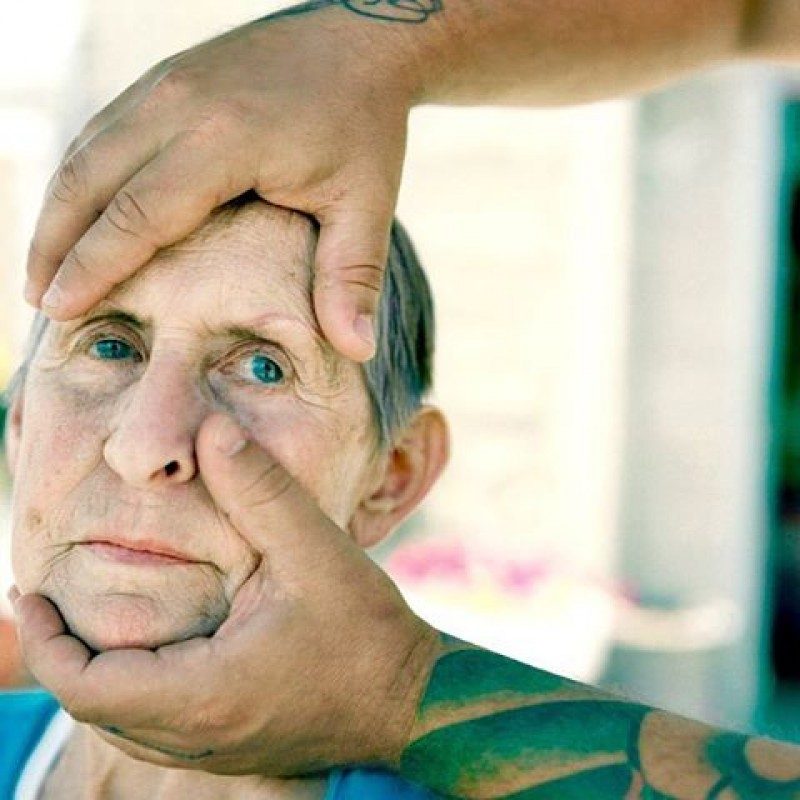
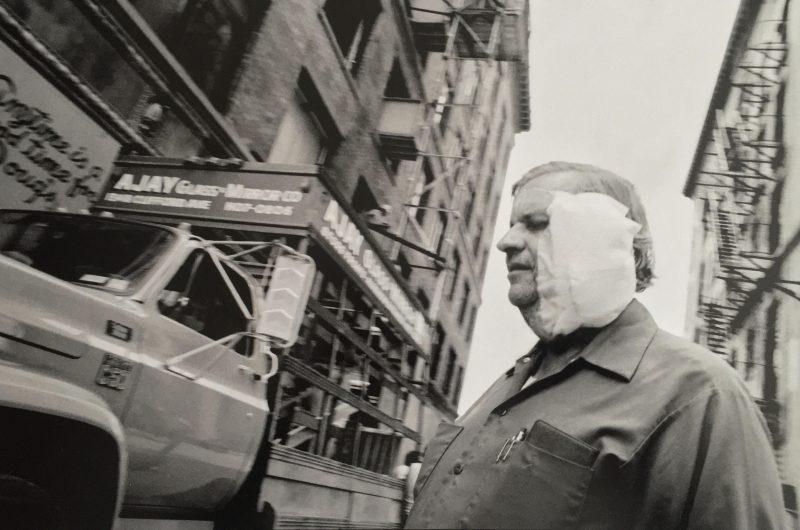
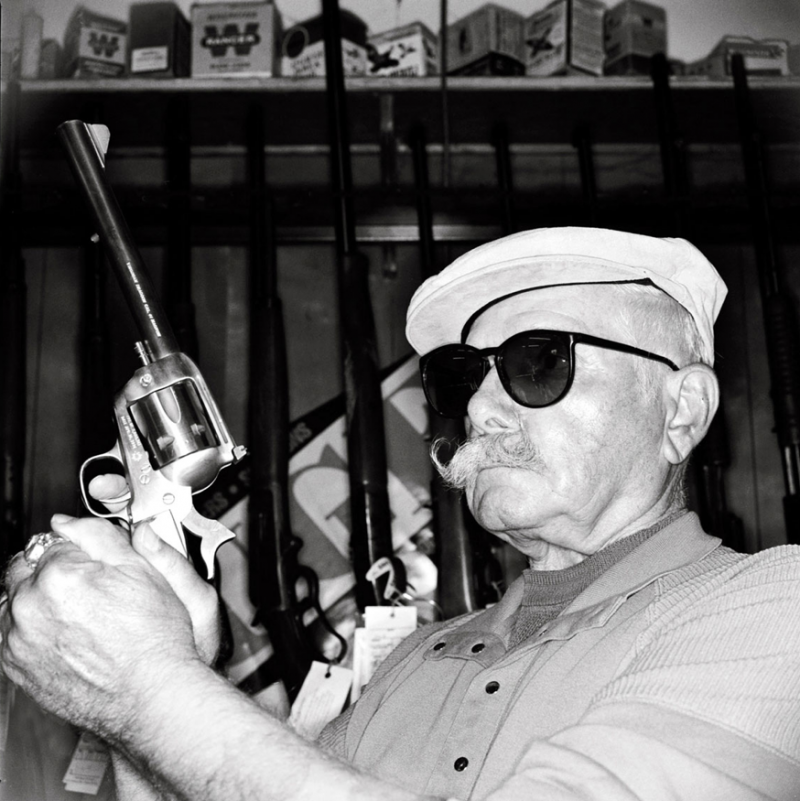
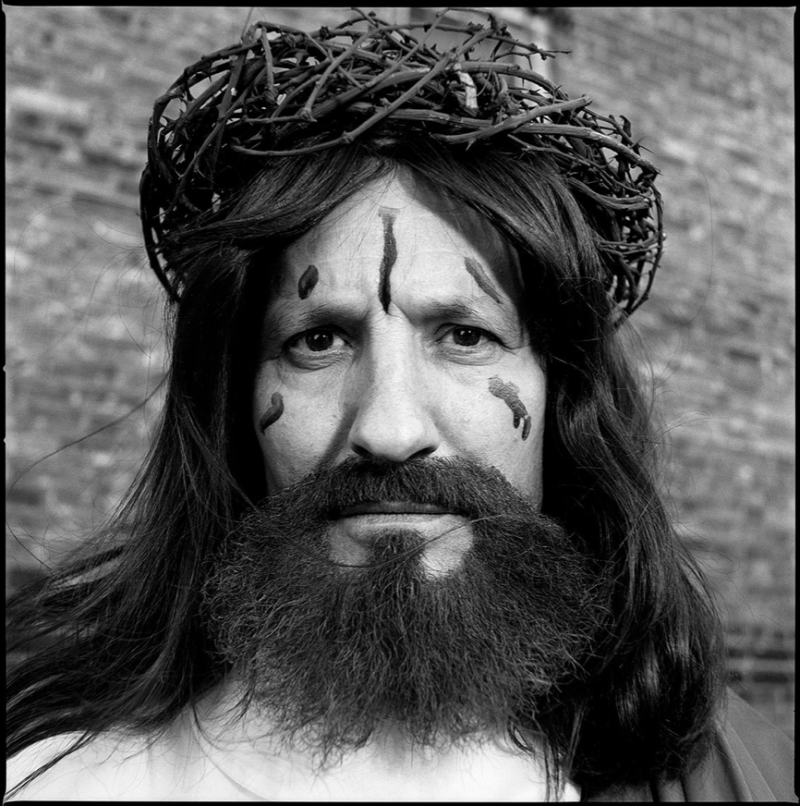
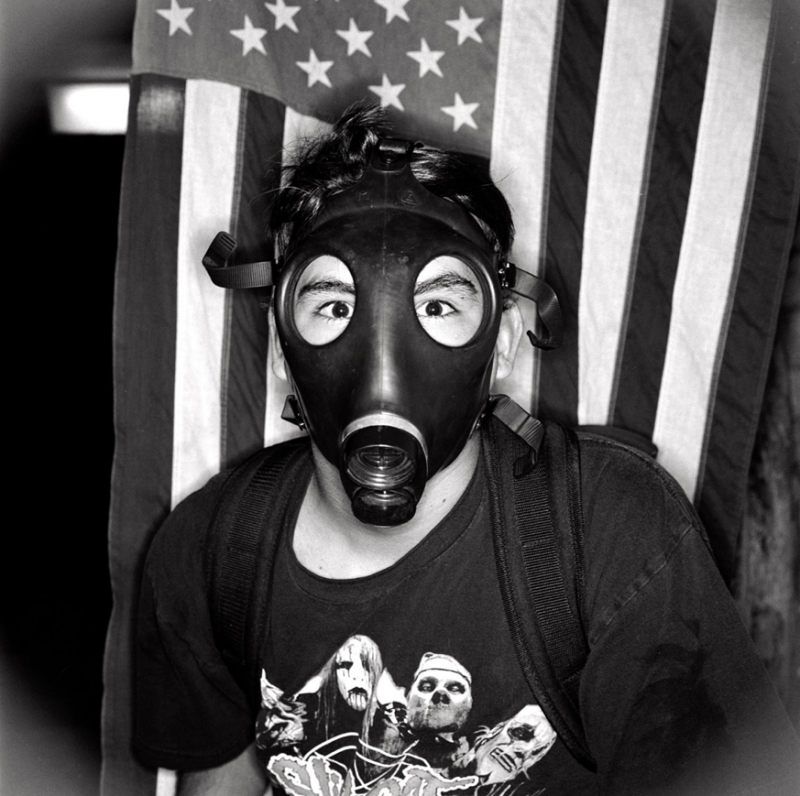

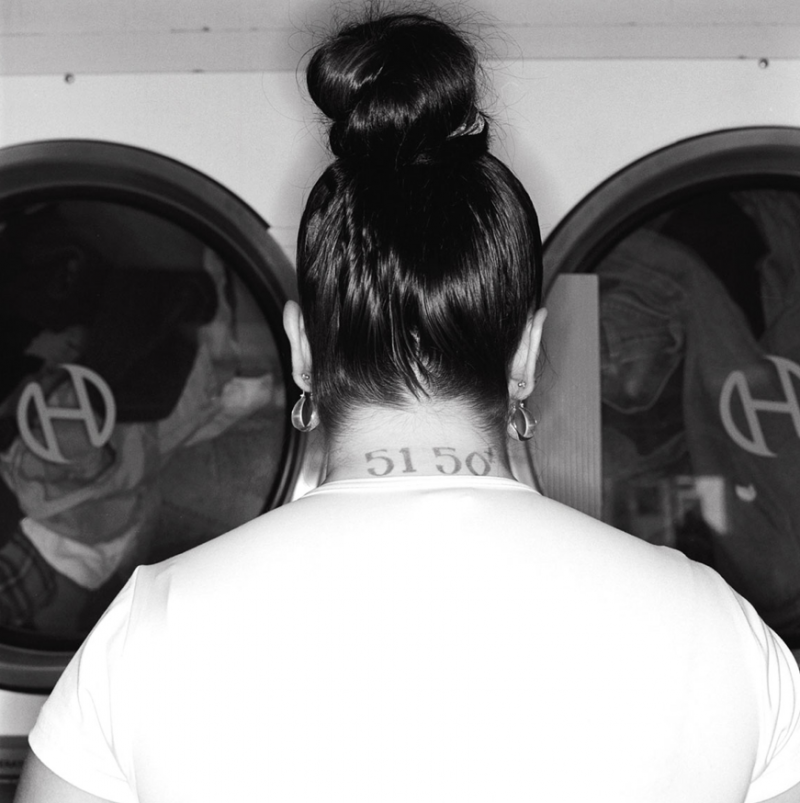
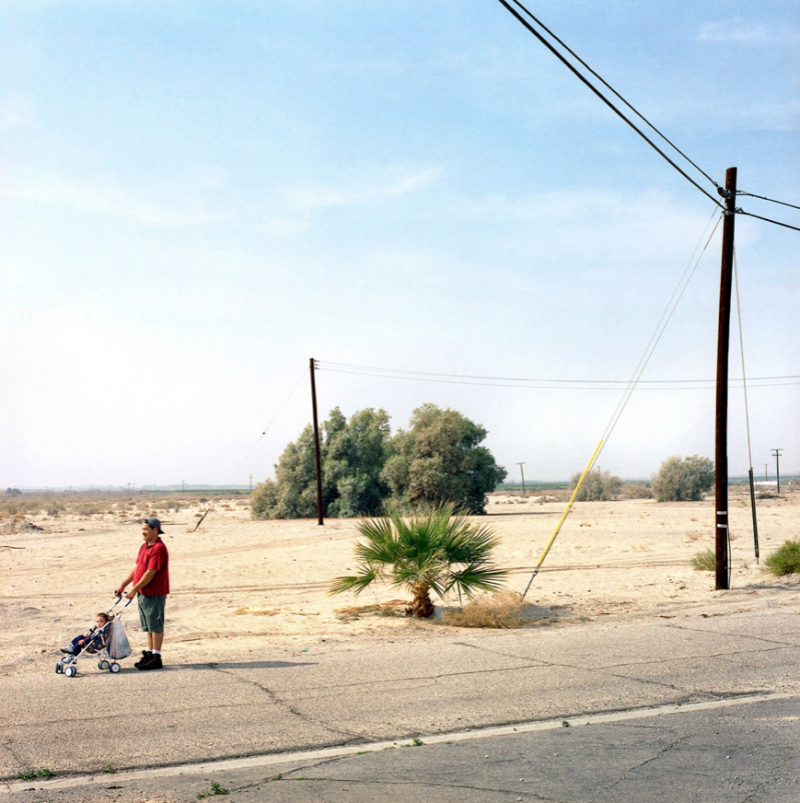
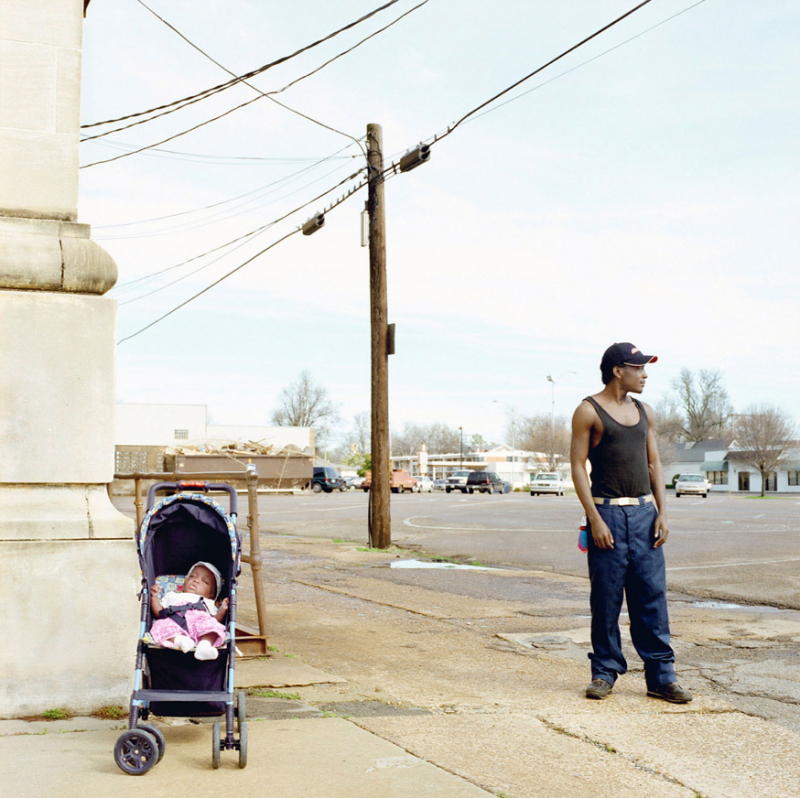
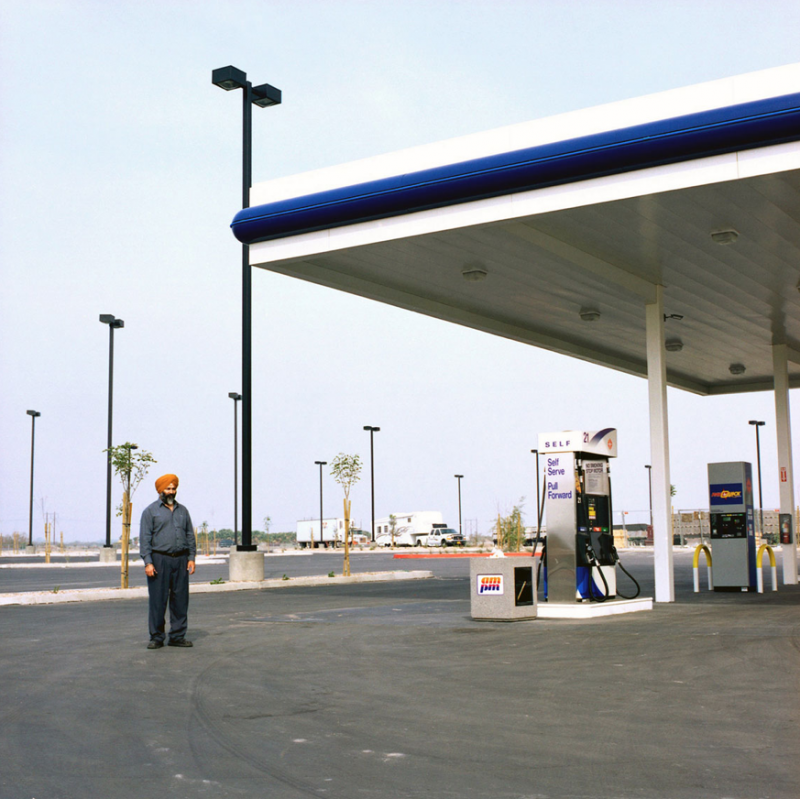

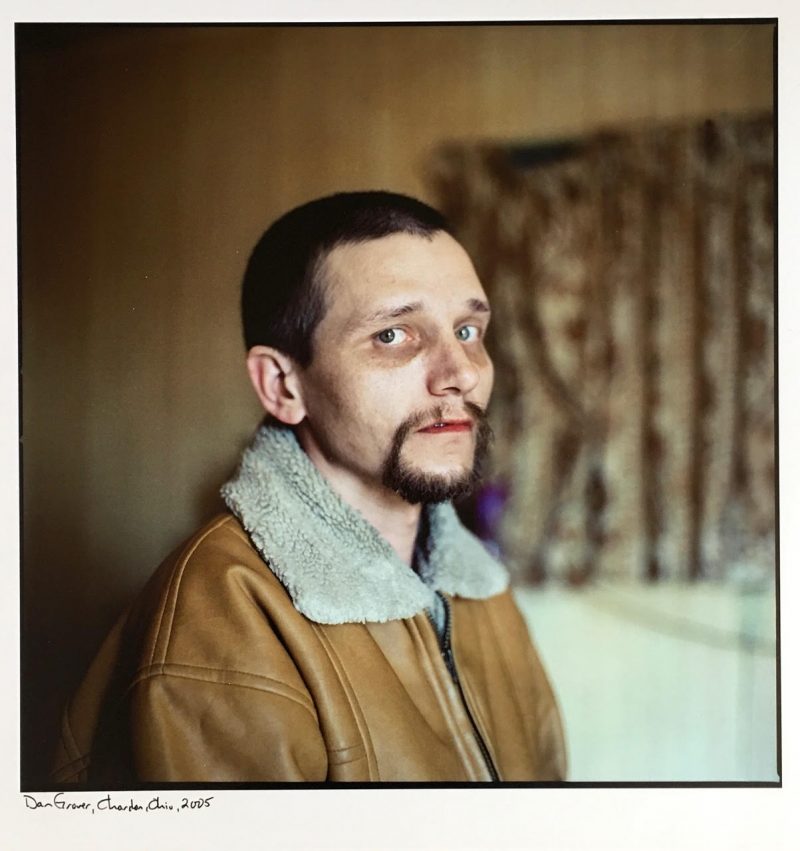
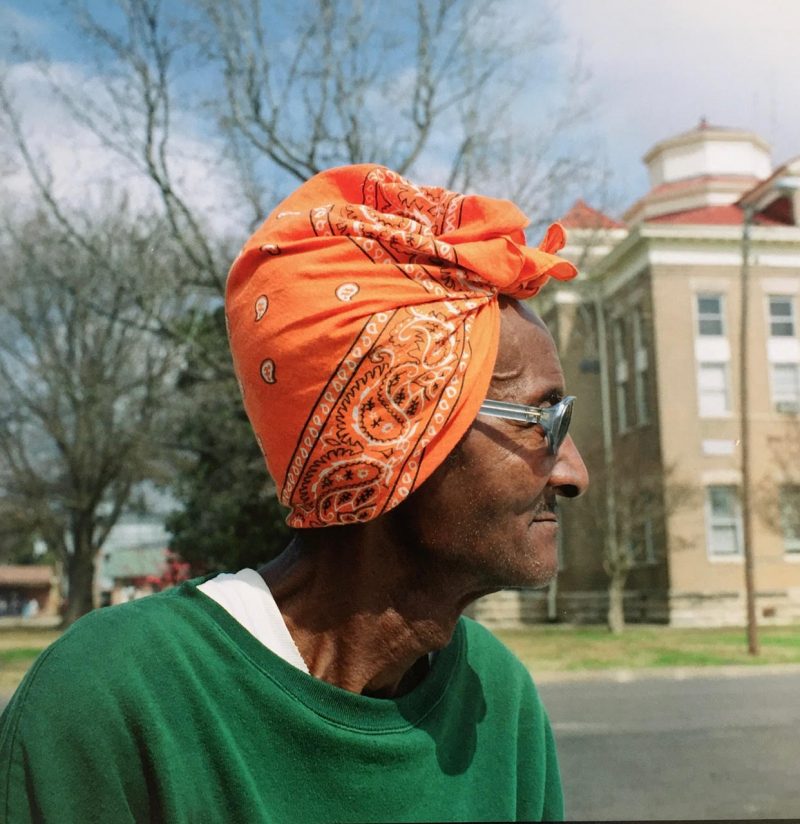
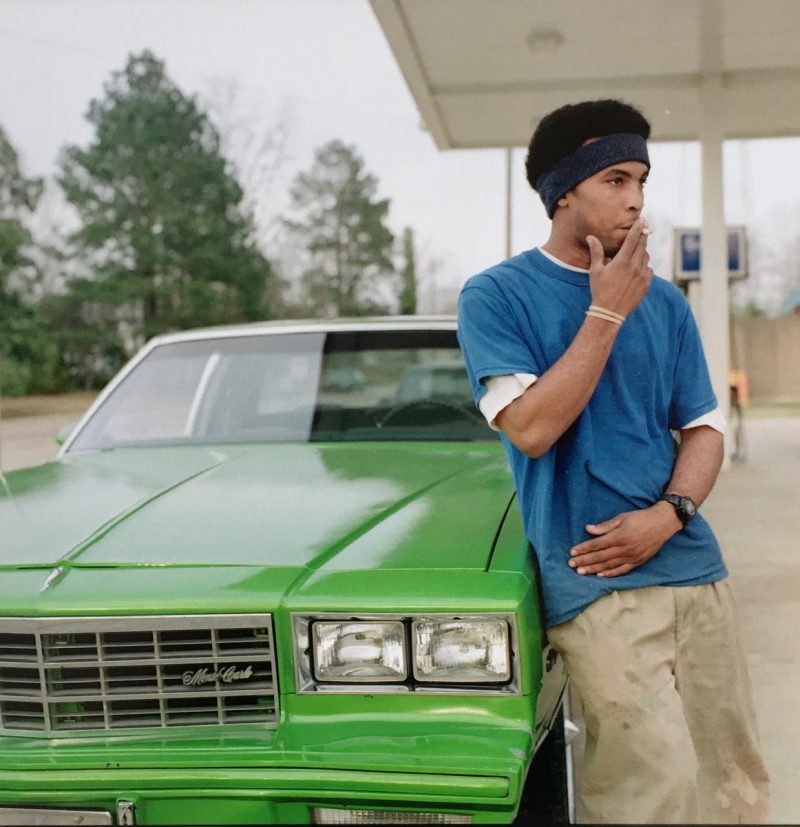
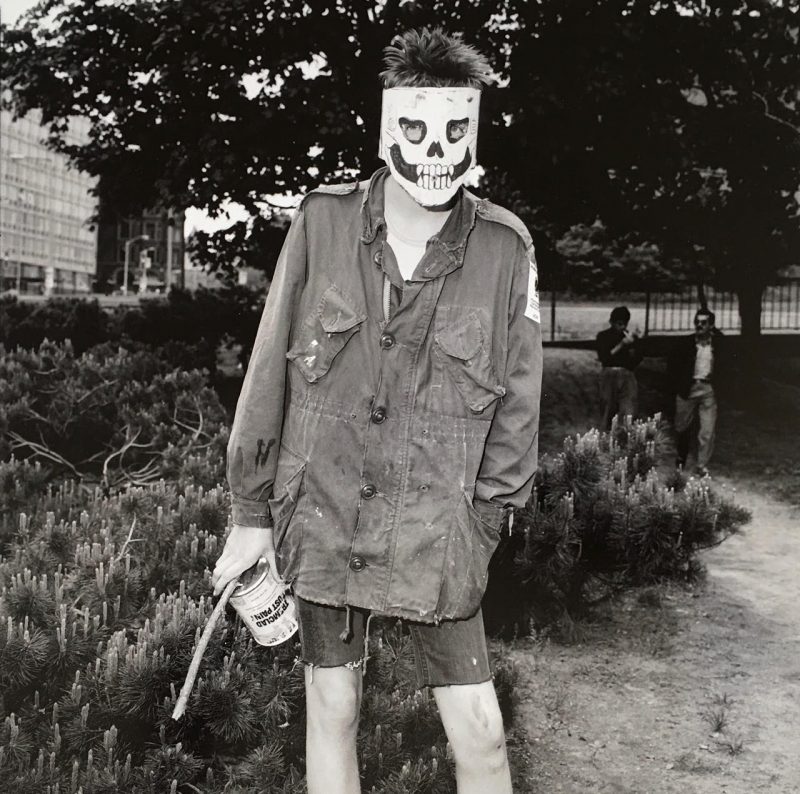
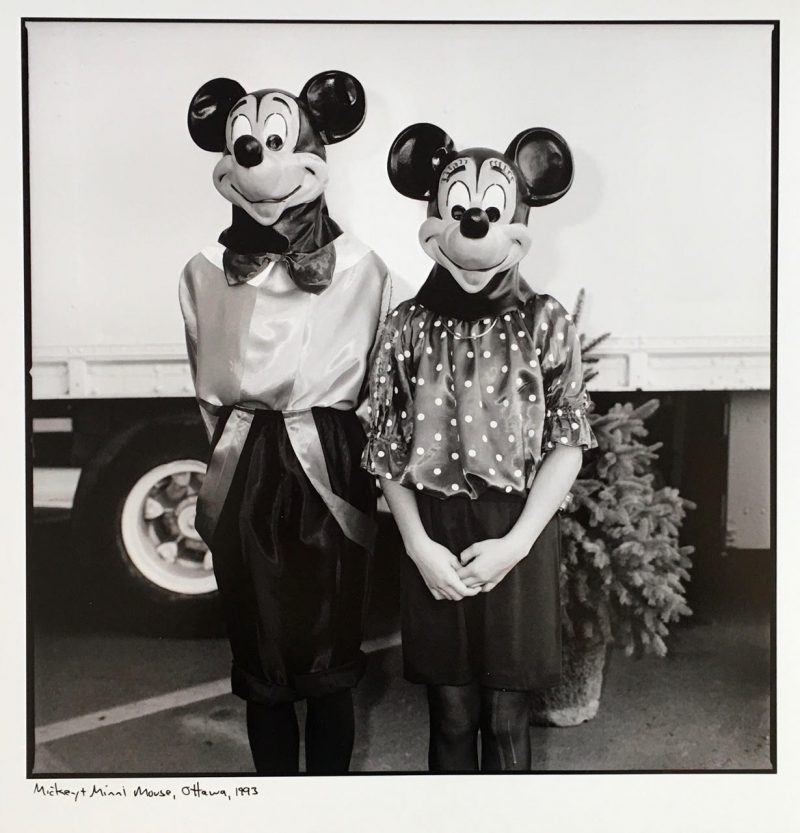
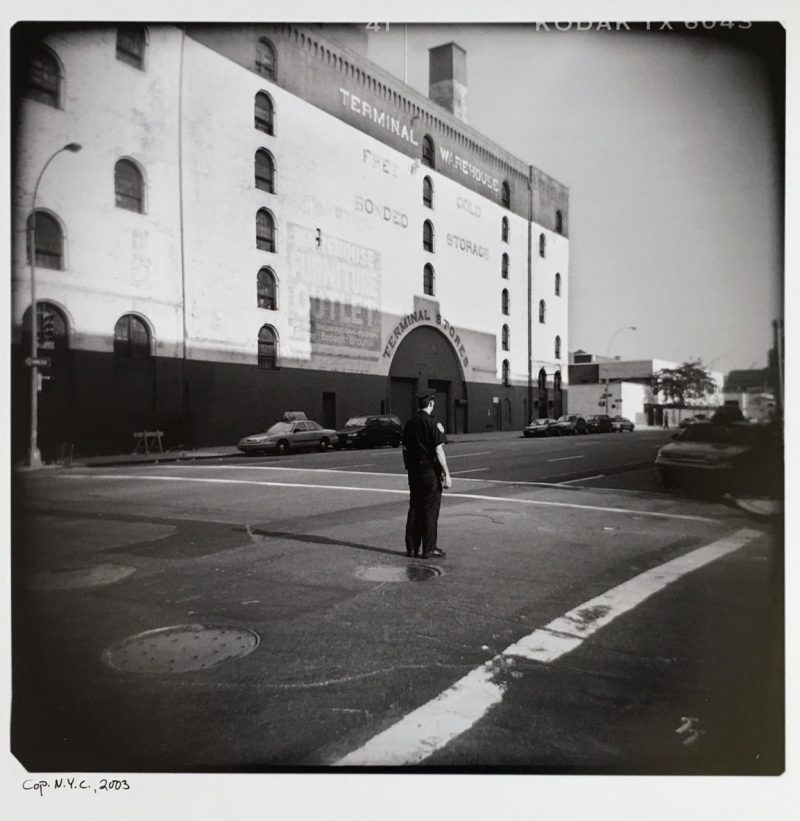
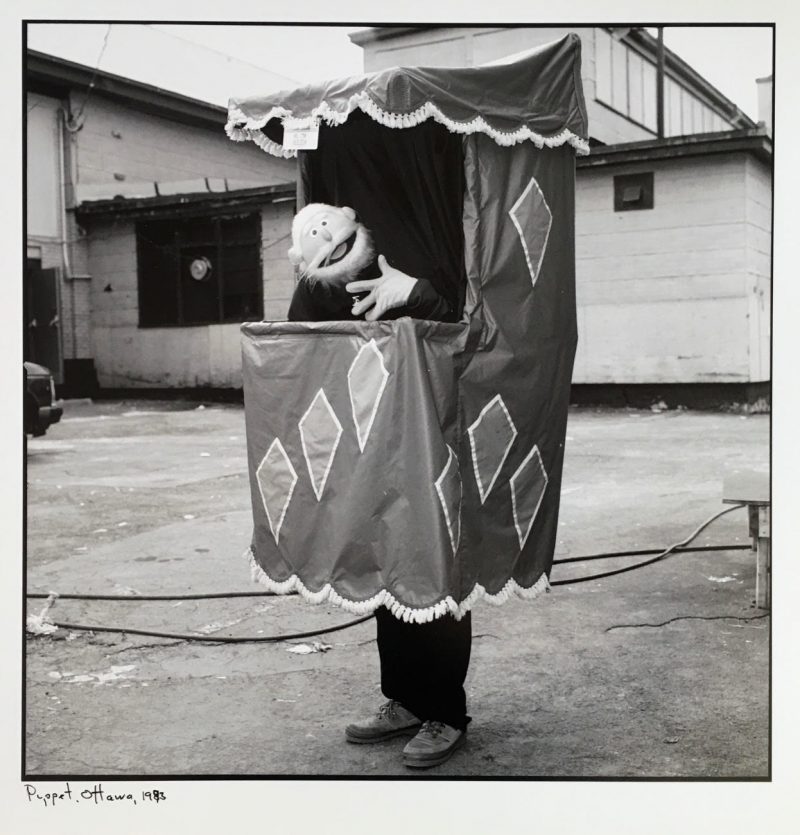

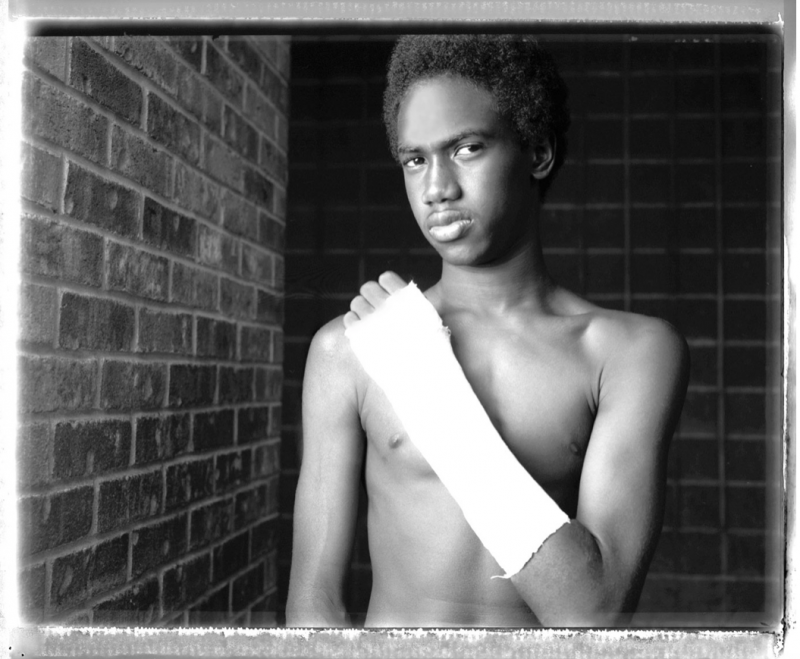
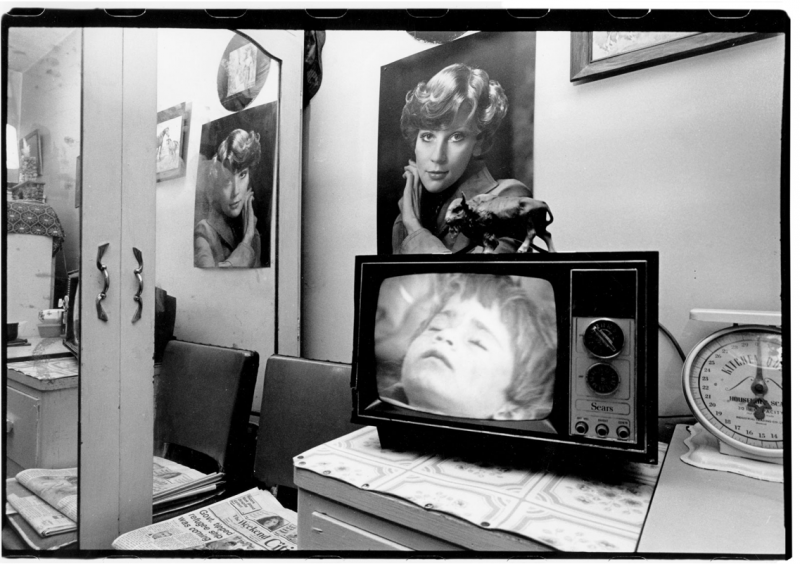
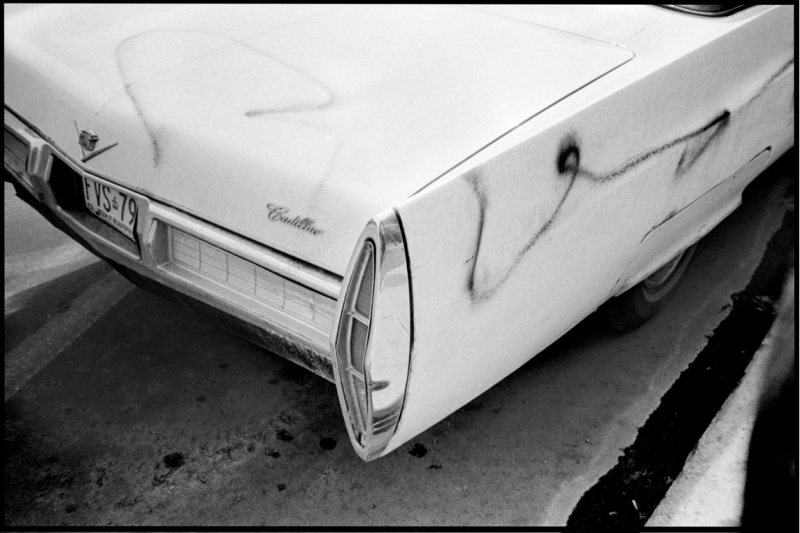
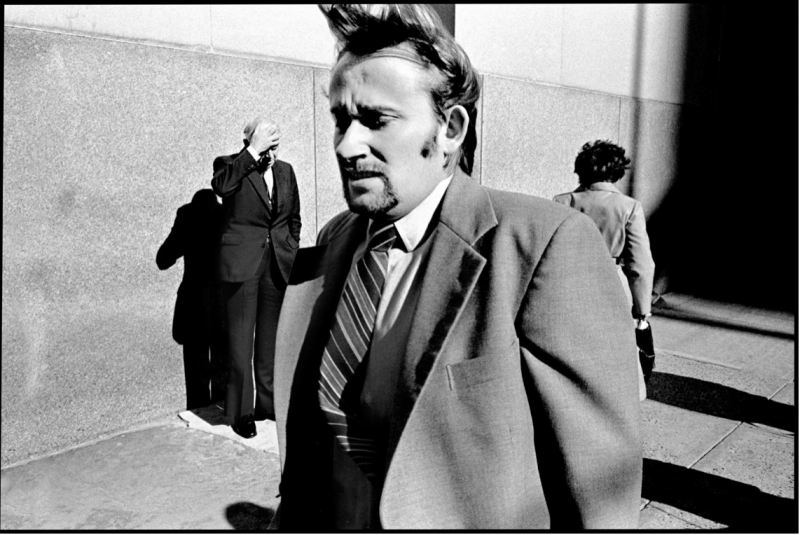
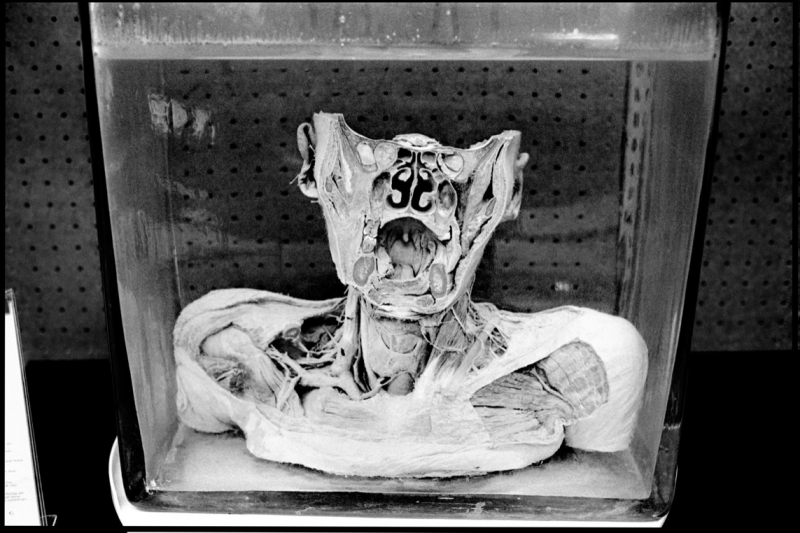
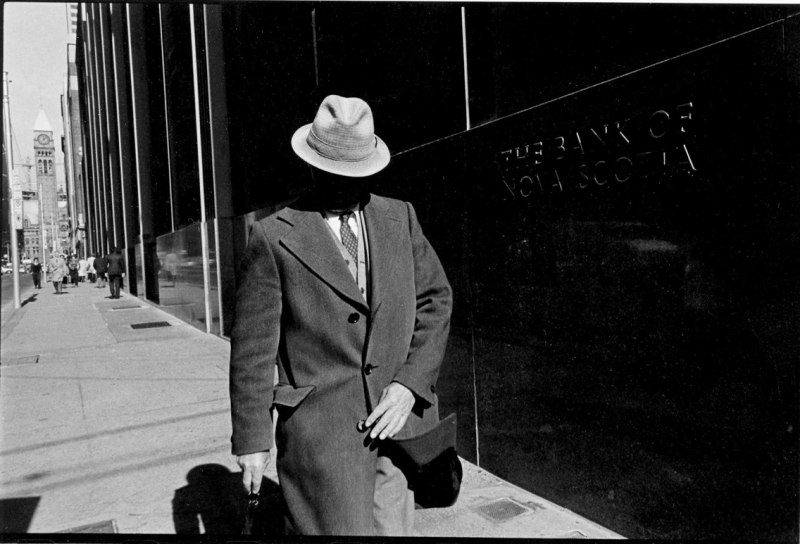

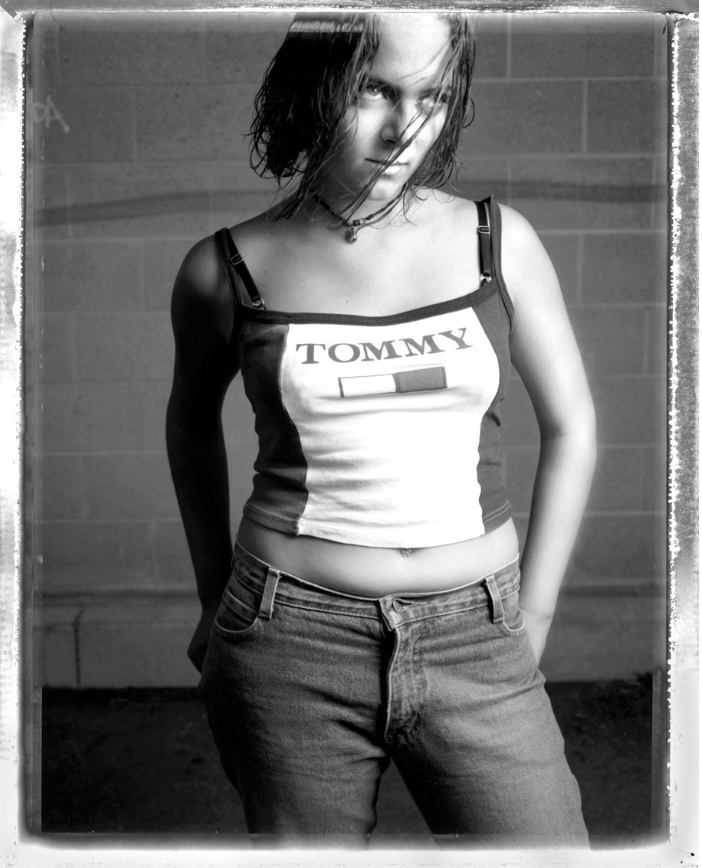
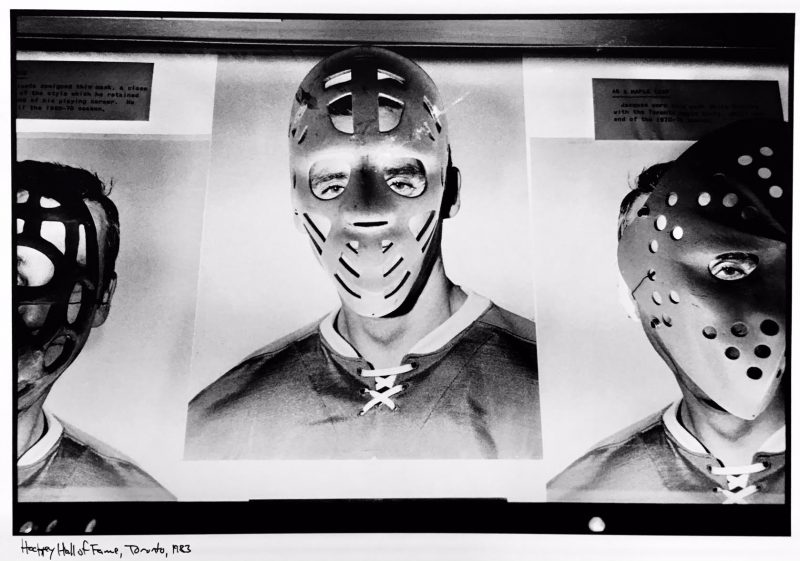
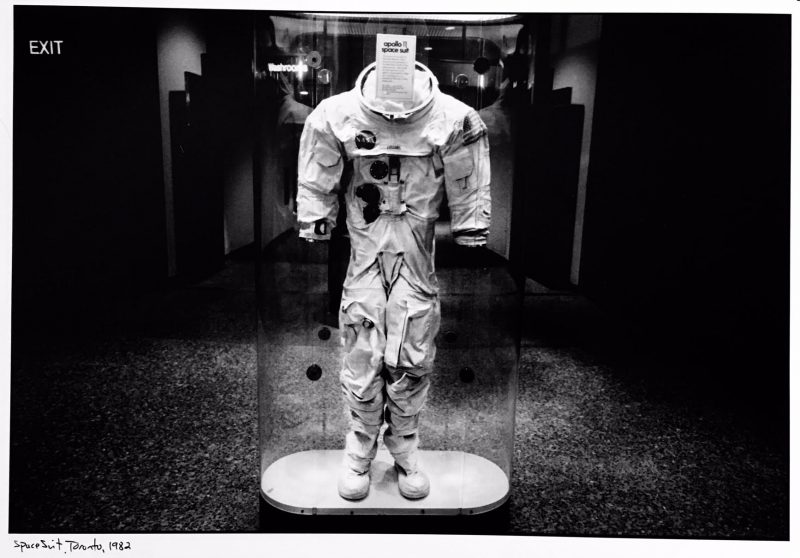
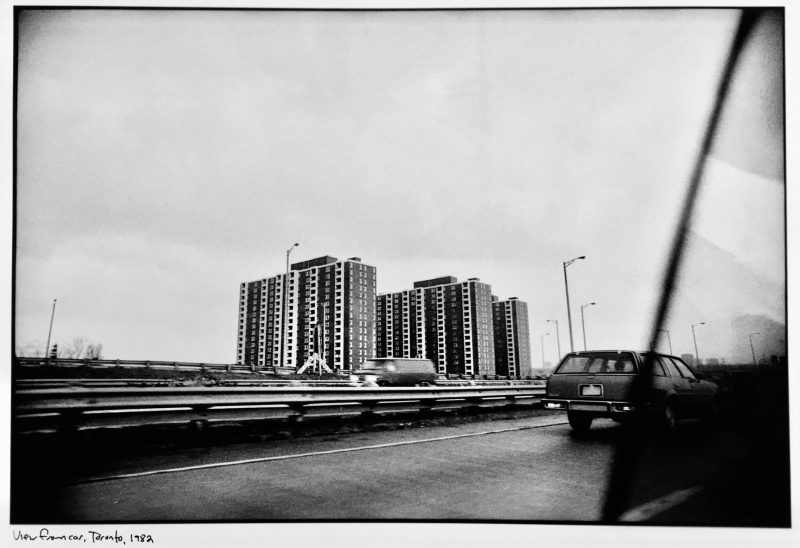


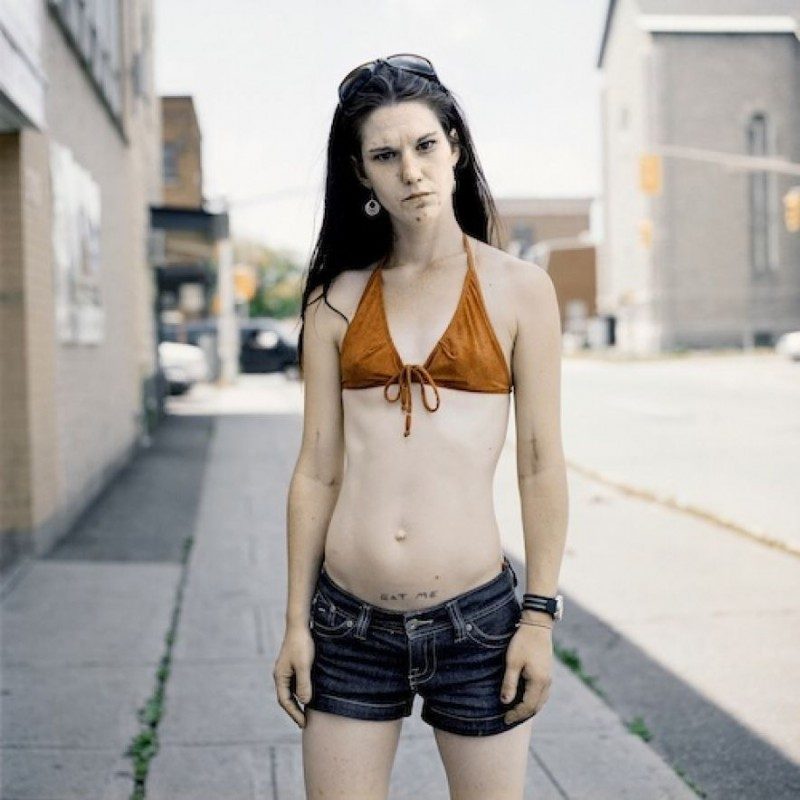
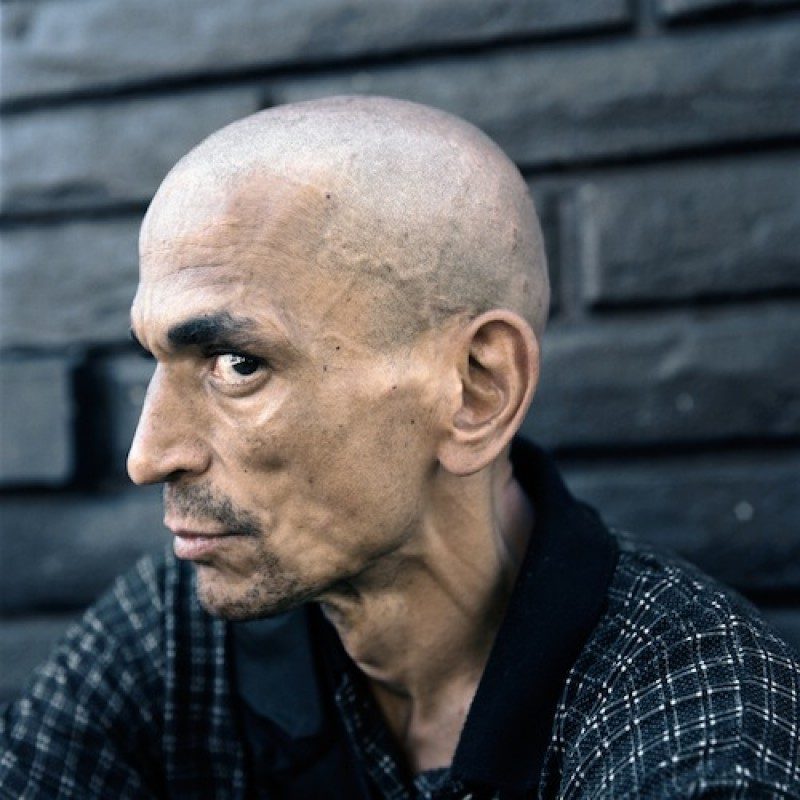
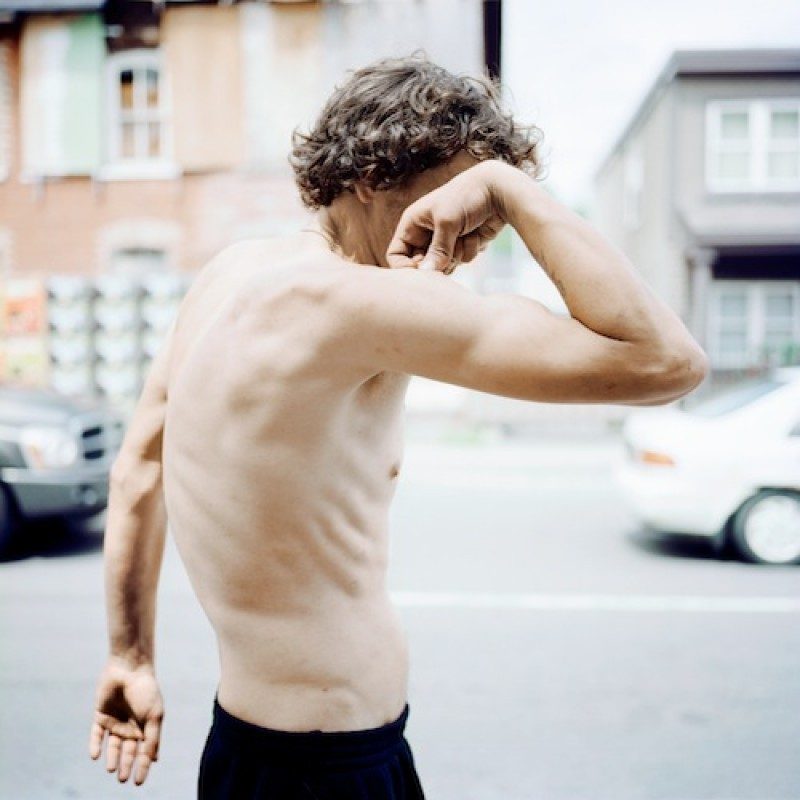
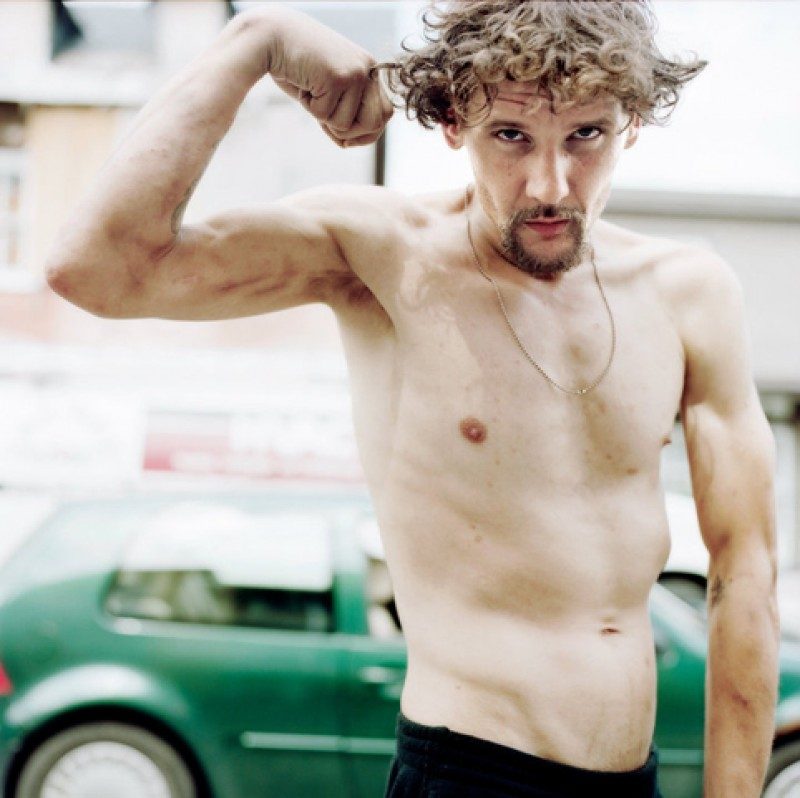



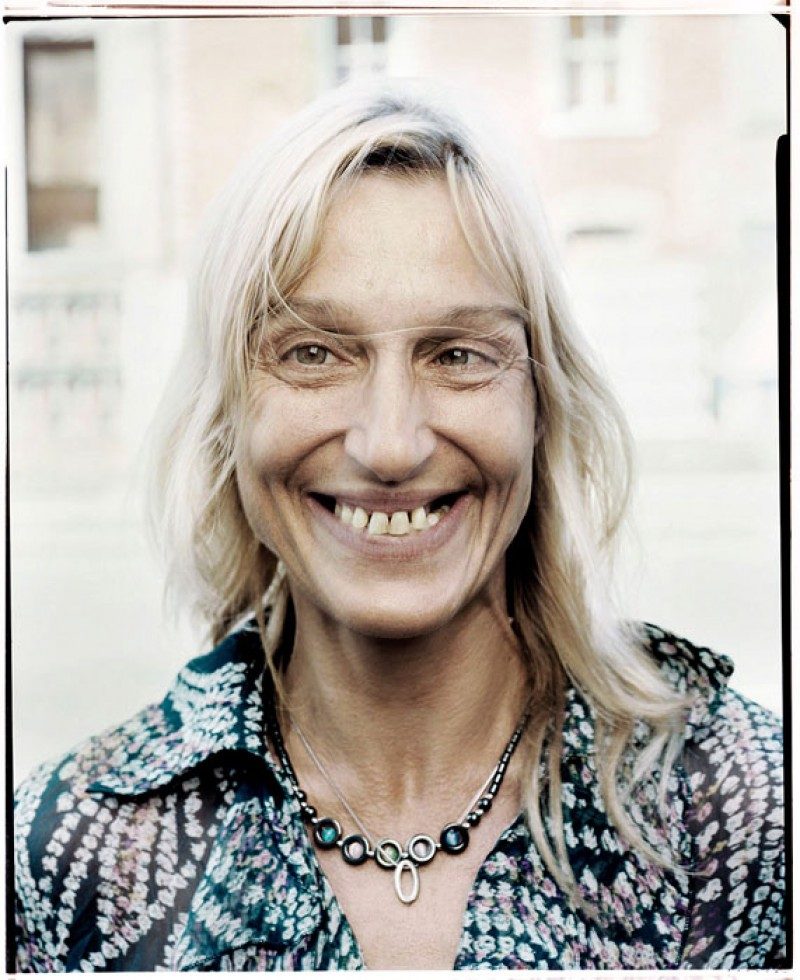

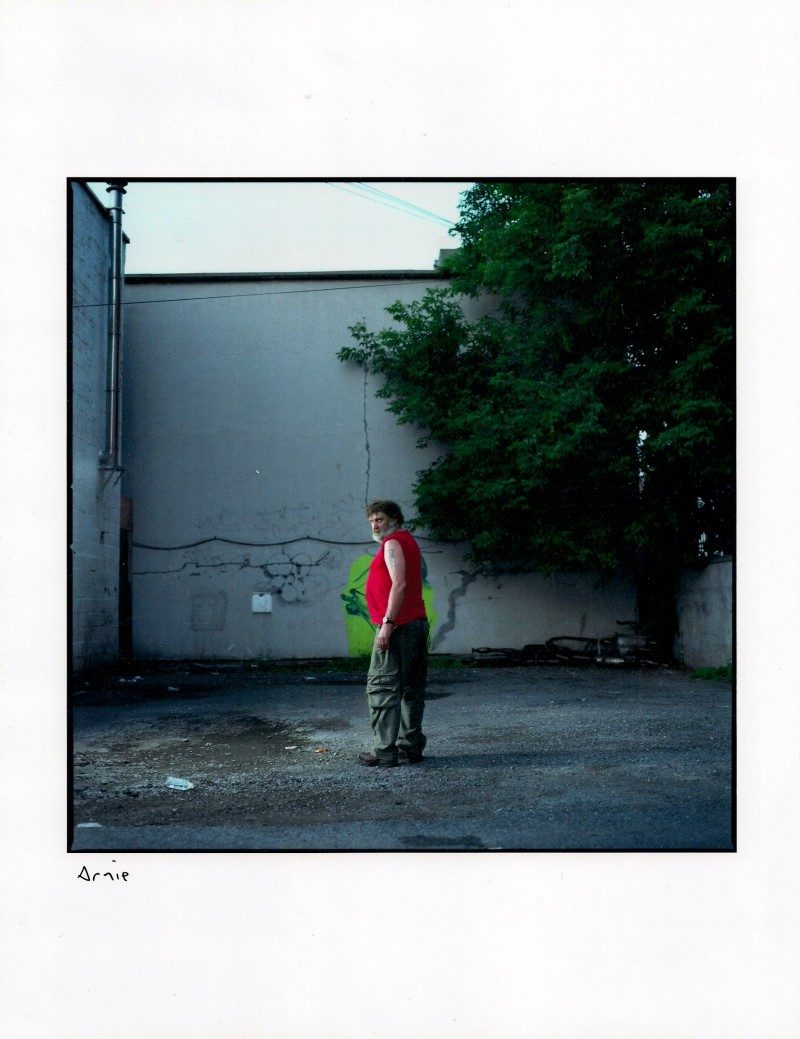
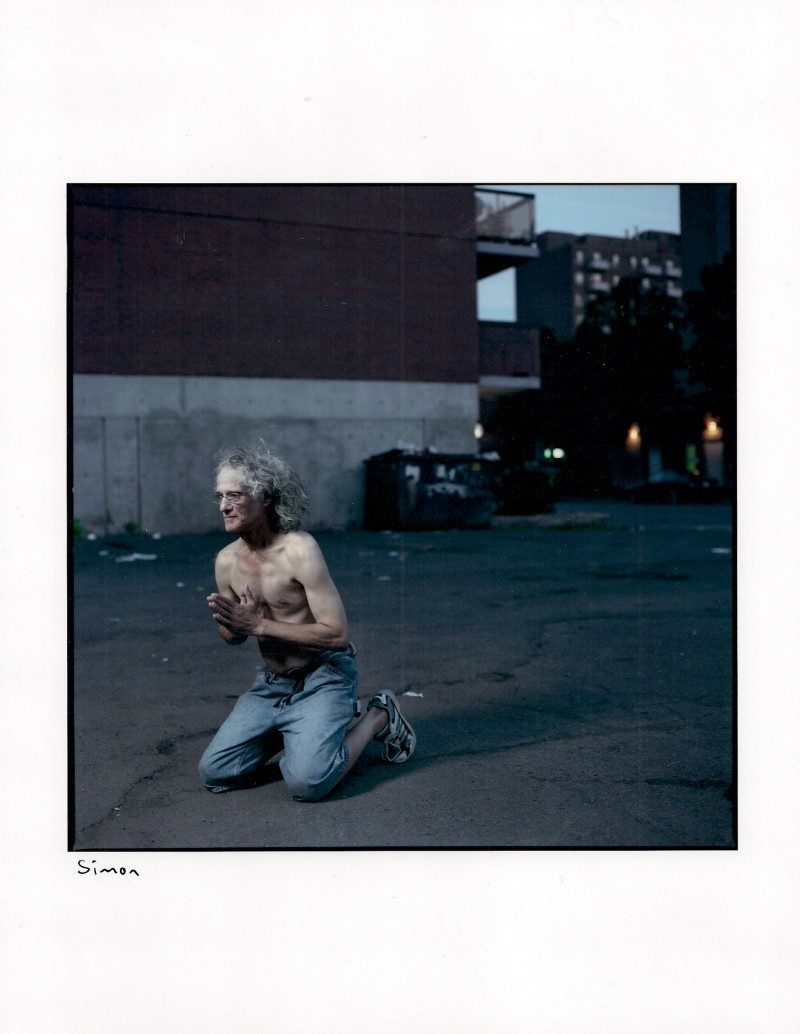

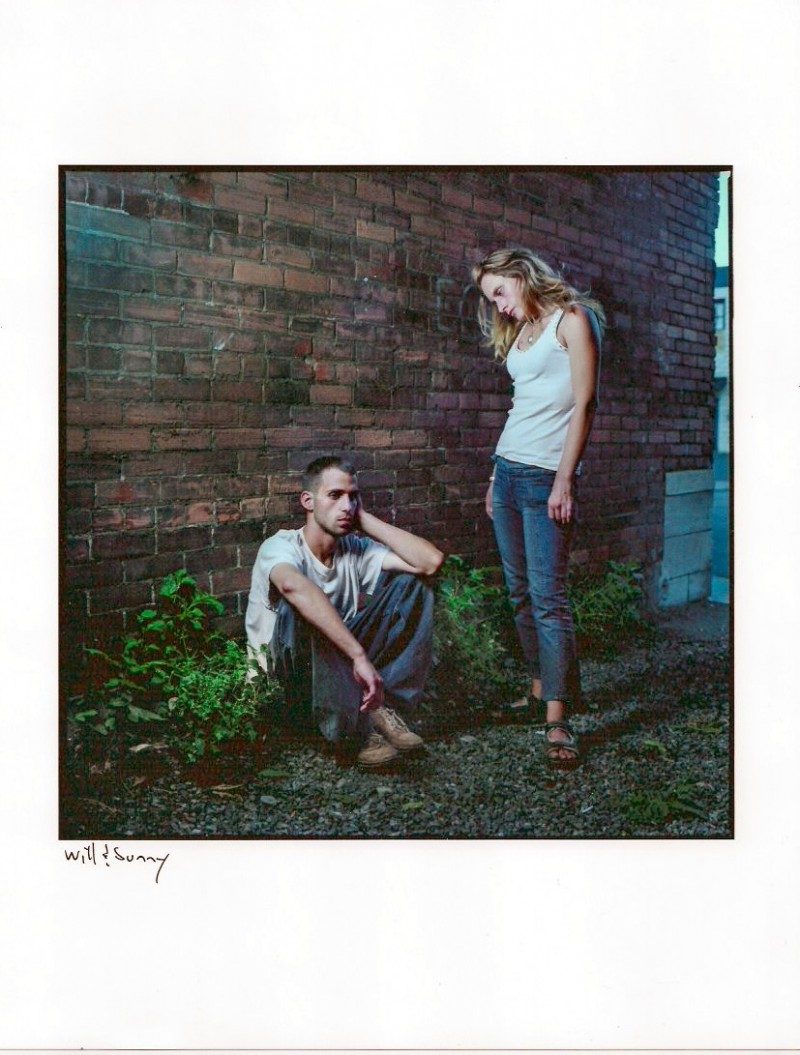
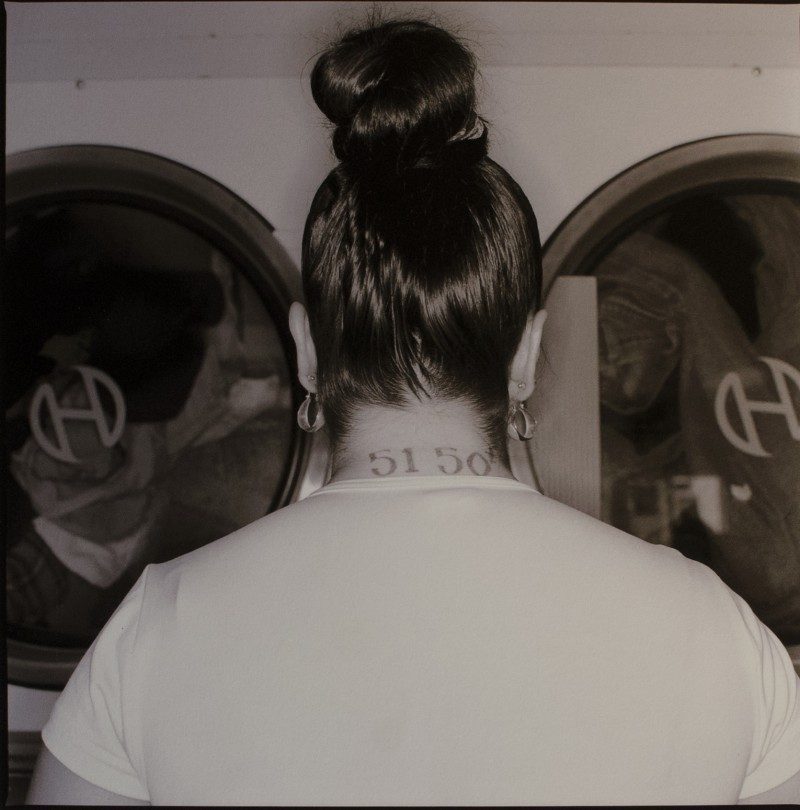
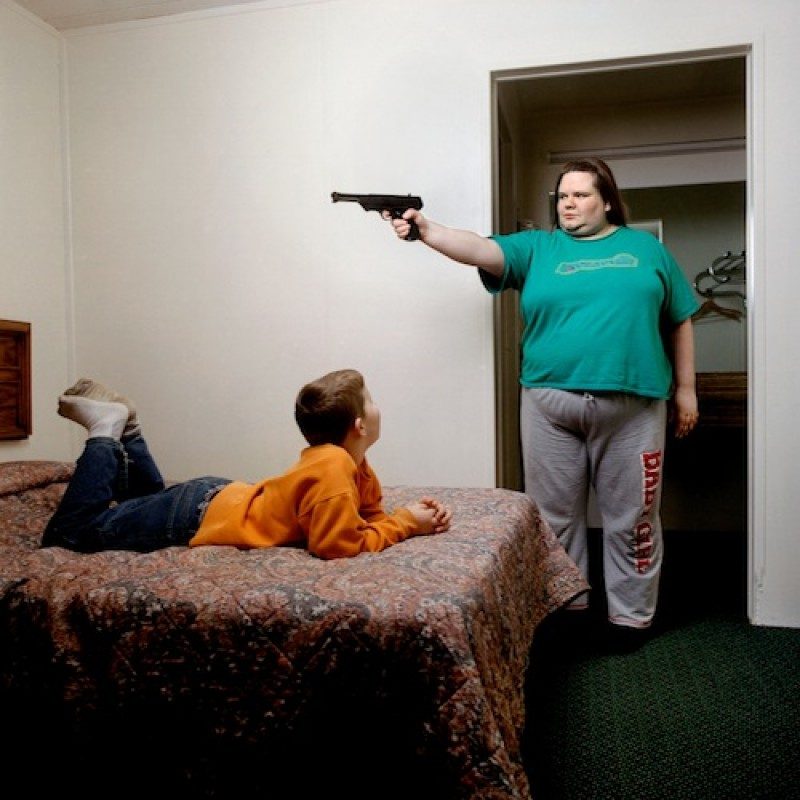
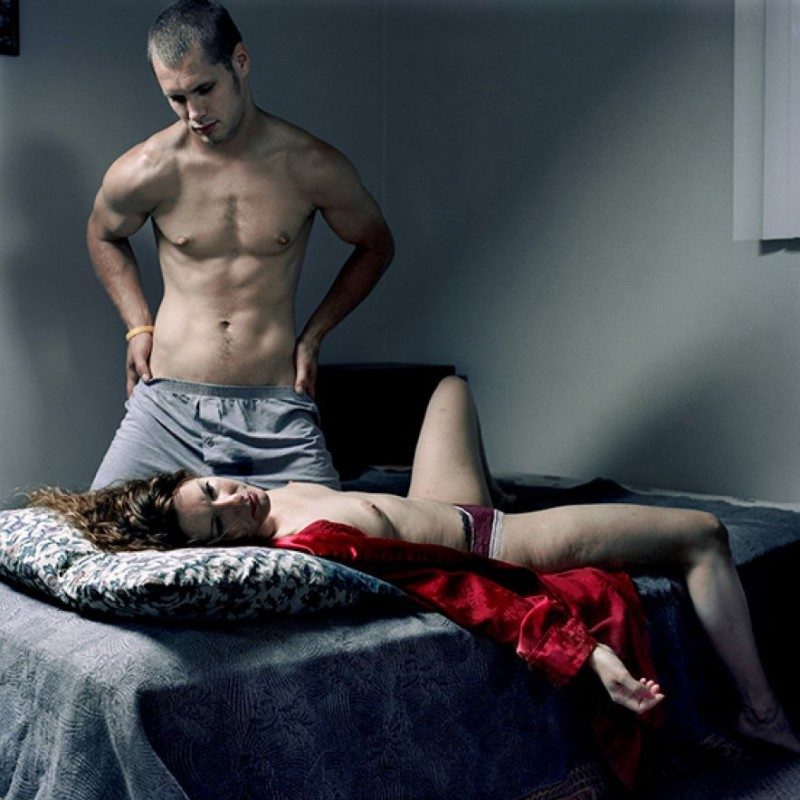
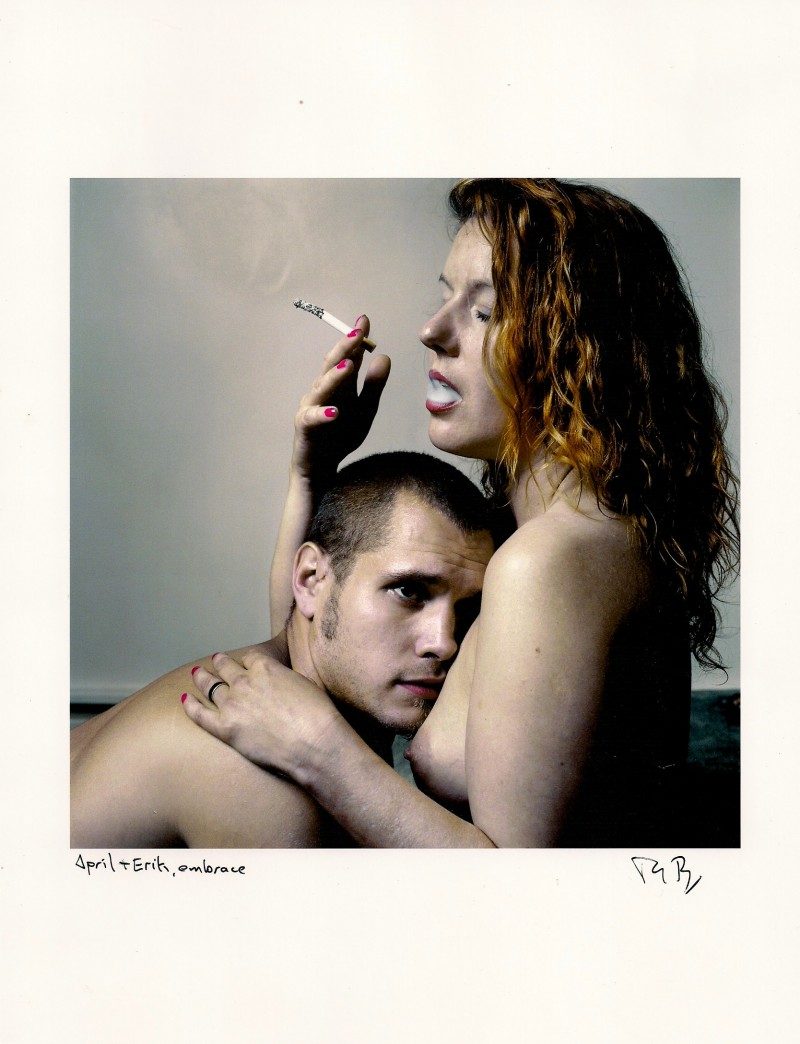
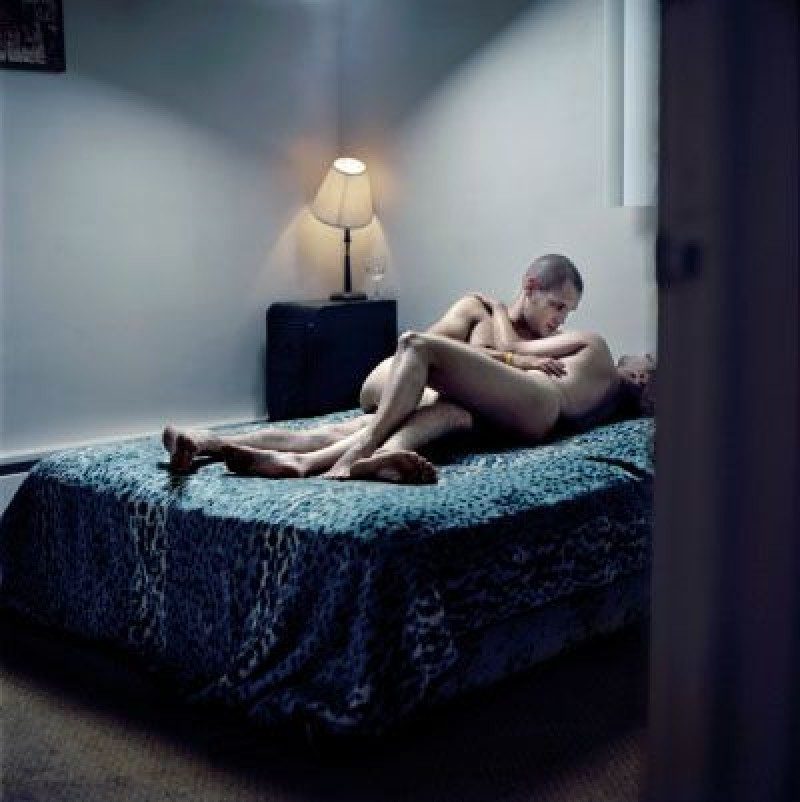
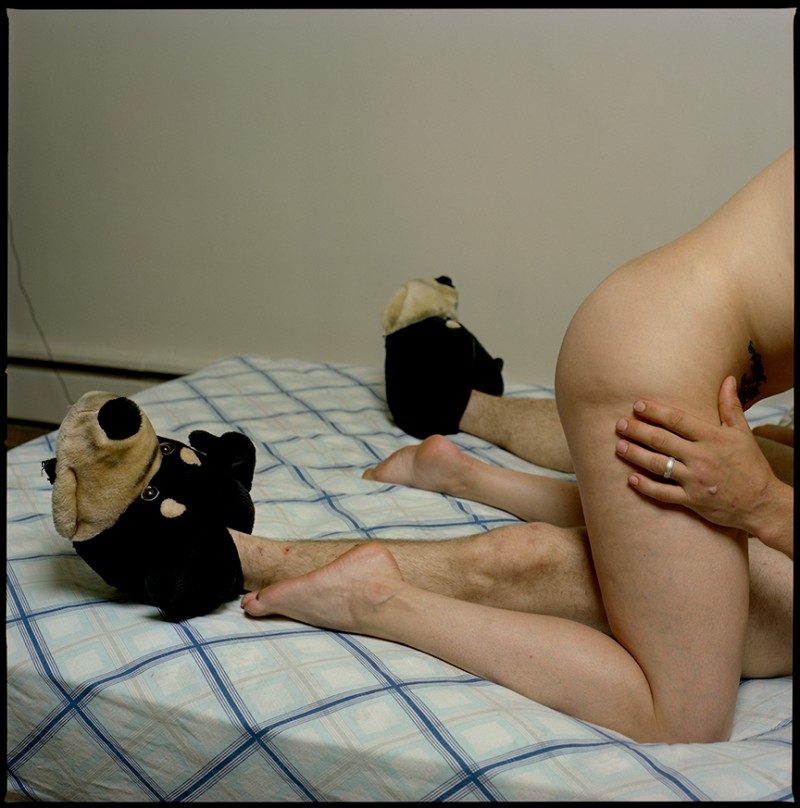
Crack heads are a walking advertisement as to what happens to people when they give in to the desire for more of the drug. There is no satisfaction point, only want for more of the same. Its like, hey look what crack did to me. This could be you or your son or daughter. Countless young lives wasted.